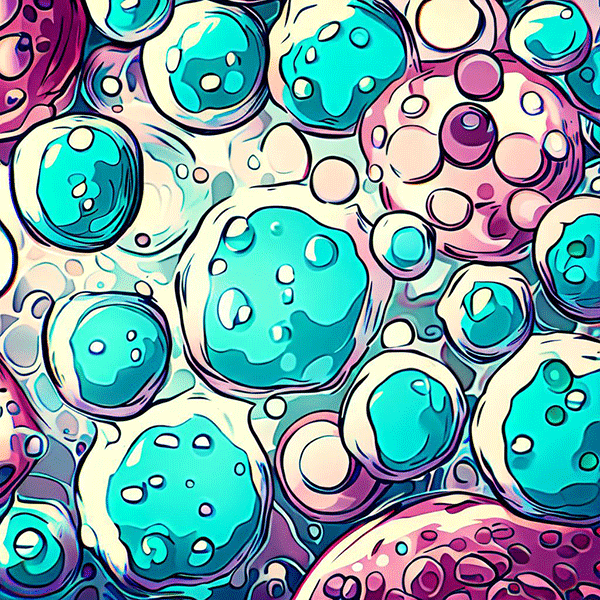What is a Tissue?
In biology, a tissue is a group of cells that work together to perform a specific function. Think of it like a team, where each player (or cell) has a role, and together they achieve a goal.
Different Types of Tissues
There are four main types of tissues in the human body:
- Epithelial Tissue: This tissue forms the covering or lining of all internal and external body surfaces. For example, your skin is made up of epithelial tissue. It protects us from dirt, germs, and even damage.
- Connective Tissue: This tissue binds, supports, and connects other tissues and organs of the body. Examples include bone, cartilage, and fat. It’s like the glue that holds us together!
- Muscle Tissue: This tissue helps us move. It’s found in our muscles, including the heart. So every time you run, jump, or even blink, you’re using muscle tissue.
- Nervous Tissue: This tissue is found in the brain, spinal cord, and nerves. It allows us to think, feel, and control our body.
How Do Tissues Work Together?
Tissues don’t work alone. They team up with other tissues to form organs, like your heart or brain. Each organ has a special job. For example, your heart, made up of muscle tissue, pumps blood throughout your body to deliver oxygen and nutrients.
So, next time you’re running in the park, remember it’s your muscle tissue at work. And when you’re studying for a test, thank your nervous tissue. Our bodies are amazing, and it’s all thanks to the magic of tissues!
